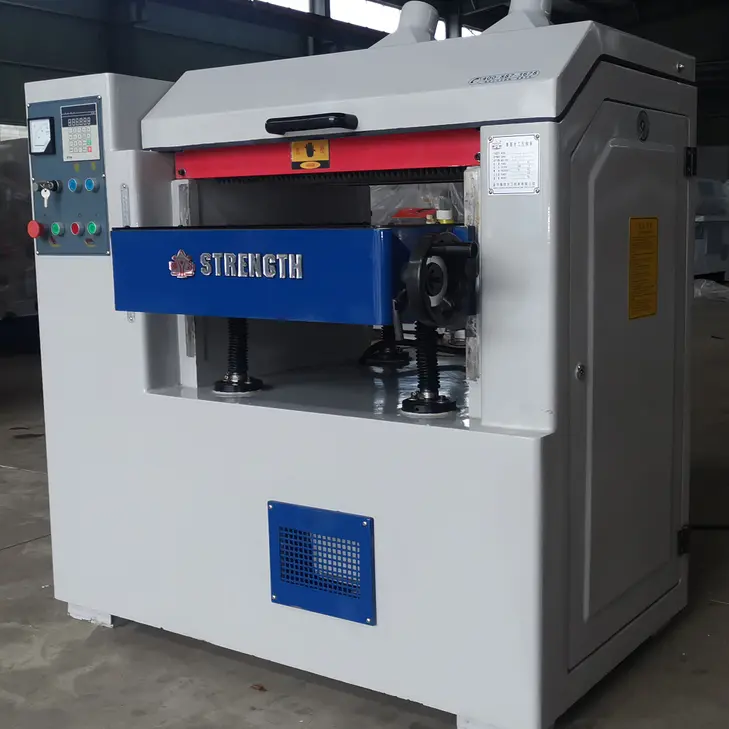A planer is a machine tool used for working with metal or wood. It removes material by reciprocating the planer blade horizontally over the workpiece to achieve the desired shape and size. Planers first appeared in the 16th century and were mainly used in the woodworking industry, but later gradually expanded to the metal processing field.
In factories, planers are usually used to process flat surfaces, grooves, and bevels, etc., with higher accuracy and efficiency than traditional manual processing methods. There are many types of planers. According to different processing needs and application scenarios, you can choose different types of planers, such as single-sided planers, double-sided planers, gantry planers, universal planers, etc.
A single-sided planer can only machine a single surface of a workpiece, while a double-sided planer can machine two opposing surfaces at the same time. The gantry planer is suitable for processing large workpieces. Its workbench can move along the gantry to facilitate the loading, unloading and processing of large workpieces. The universal planer is a multi-functional planer that can process workpieces of various shapes and specifications.
When operating a planer, special attention needs to be paid to safety issues. Operators need to receive professional training and master correct operating techniques to avoid accidents. At the same time, the planer also needs to be maintained and maintained regularly to ensure its normal operation and service life.
In general, the planer is an important metal and wood processing equipment, and its application in factories can improve production efficiency and processing accuracy. However, operating a planer requires specialized knowledge and skills, and requires attention to safety issues. Proper operation and maintenance ensures the performance and longevity of your planer.
Post time: Apr-08-2024

